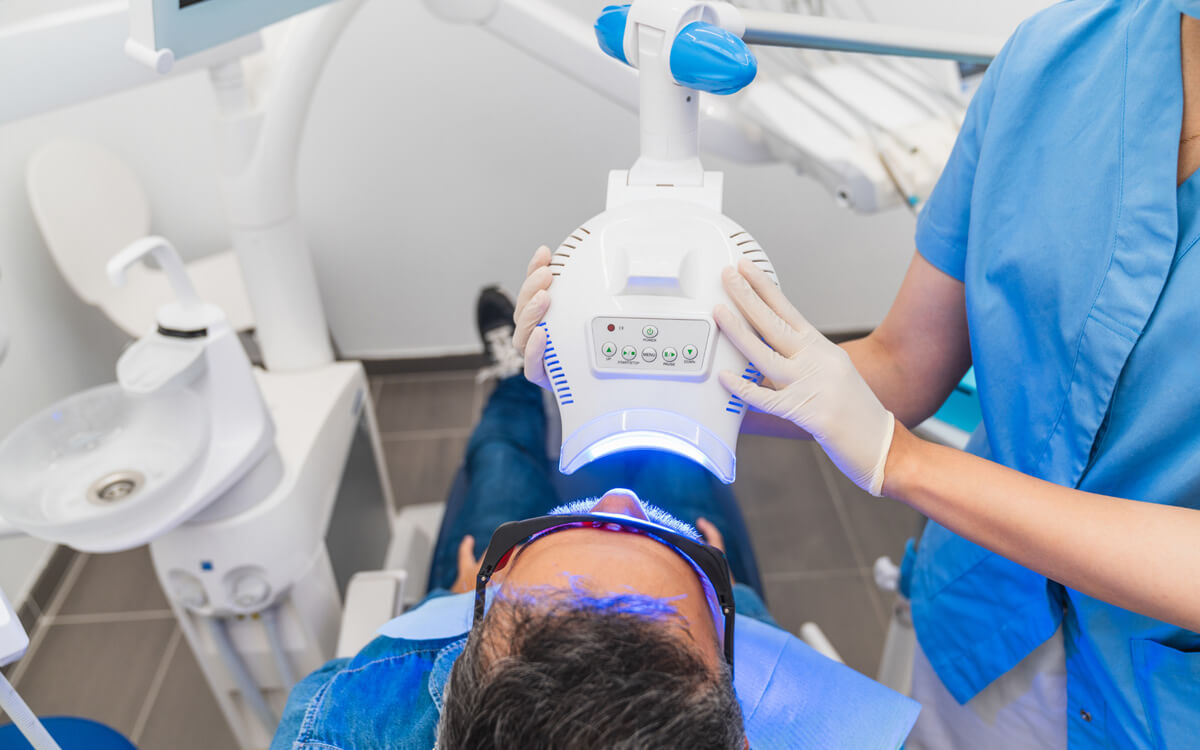COVID-19: updated guidance on infection prevention & control and personal protective equipment for health and care providers
Significant new guidance has been issued on 17 April 2020 by Public Health England, in association with the Department of Health & Social Care and NHS England and endorsed by the Health and Safety Executive (“HSE”).
Please note: the information contained in our legal updates are correct as of the original date of publication
Significant new guidance has been issued on 17 April 2020 by Public Health England, in association with the Department of Health & Social Care and NHS England and endorsed by the Health and Safety Executive (“HSE”). The guidance provides advice to all parts of the health and care sector in respect of infection prevention and control and the use of personal protective equipment (“PPE”) in the face of COVID-19. In particular the new guidance sets out considerations for acute PPE shortages and provides recommendations for alternative approaches where recommended PPE is unavailable.
This new document complements Public Health England’s existing guidance on PPE, which has continually developed during the course of the pandemic to adapt to improved understanding of the disease and circumstance arising in health and care settings. Some of the most significant changes of all have occurred in the last two weeks.
On 6 April changes to the guidance were made that, in part, were intended to make it more user-friendly. Easy-reference tables were produced summarising PPE advice for health and care providers across three categories when dealing with suspected or confirmed COVID-19 positive patients and another in respect of caring for other patients. The PPE guidance is separated into:
- Hospitals
- Primary care, outpatients and community care (including care homes)
- Ambulances and first responders
- Interaction with patients not suspected to have COVID-19
It is vital that all health and care providers refer to these tables and review the guidance. They do not only present existing guidance more clearly; these updates include enhanced PPE recommendations across a range of settings. In addition, they redefine patient contact as being within 2 metres of a patient, as opposed to the previous 1 metre. These have potentially significant practical implications for planning the delivery of services.
One of the most significant changes for hospital providers is that the guidance now endorses the use of Respirators, fluid-resistant (Type IIR) surgical masks (FRSM), eye protection and long sleeved disposable fluid repellent gowns for the whole time a worker is in a specific clinical care setting or exposure environment. An example given is for an entire ward round. This replaces previous guidance to change these items between contact with each individual patient. Aprons and gloves must still be disposed of between patients.
It also endorses the use of filtering face piece class 2 (“FFP2”) and N95 respirators for some procedures where previously the use of the more protective FFP3 respirators was required. Finally it endorses re-usable PPE provided that advice is followed on suitable decontamination arrangements.
The guidance makes reference to risk assessments to be carried out by individual organisations, whilst stressing that these should not reduce or replace the ability of workers to access appropriate PPE. These risk assessments may identify high risk areas of, in particular, hospitals. Guidance by healthcare context is provided to assist in these assessments.
As well as staff protection, the guidance now recommends that in clinical areas, communal waiting areas and during transportation, patients with possible or confirmed COVID-19 wear a fluid-resistant (Type IIR) surgical face mask (FRSM) provided that it will not compromise their clinical care.
On 10 April the guidance was updated to endorse the use of disposable fluid repellent coveralls as an alternative to long sleeved fluid repellent gowns for aerosol generating procedures or when working in higher risk acute areas, with appropriate training.
Health and Safety Executive and Fit-Testing of Respiratory Protective Equipment
The Health and Safety Executive has issued and updated specific guidance in respect of PPE for health and care settings during the pandemic. Largely that guidance is in line with the Public Health England guidance, particularly in respect of the use of FFP2 and N95 respirators. It repeats the position that the selection of appropriate PPE should be determined by local risk assessment and reference to PHE guidance.
A particular area of concern for some providers in respect of the HSE guidance is the continuing strict application of fit-testing requirements. These tests require specially trained fitters and equipment, which are both limited resources. The HSE guidance makes it clear that every staff member who is to use FFP3 respirators must be fit-tested for that use. On 16 April the HSE released additional guidance including re-iterating their position that fit-tests are carried out whenever a wearer is to use a new brand, model or type of respirator. For providers with a large number of staff receiving supplies of multiple models of respirator, this may present significant practical challenges.
RIDDOR Reporting
The HSE has also provided clarification of its expectations in respect of RIDDOR reporting during the pandemic. Of particular note for health and care providers is the example given by the HSE of a reportable exposure to a biological agent. Under this guidance, the diagnosis of a health care professional with COVID-19 after treating patients with COVID-19 must be reported.
Full details can be found here.
Coroners
The Chief Coroner has issued guidance making it clear that COVID-19 is considered a natural cause of death and does not, in itself, require a referral to the Coroner. However, we have heard anecdotally of a number of local Coroners requesting referrals of all deaths of front line workers where COVID-19 is the cause or a contributory cause of death. This would include health care workers. We understand at least part of the reasoning provided for this request is that the local Coroner may wish to investigate whether the death resulted from a lack of or inadequate PPE.
Contact

Carl May-Smith
Barrister (Partner)
carl.may-smith@brownejacobson.com
+44 (0)115 934 2024







































